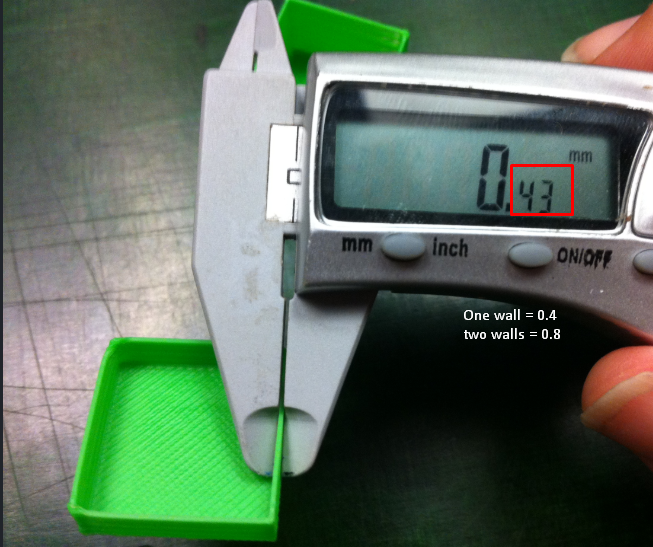E-steps and Extrutor multiplier
In order to have the best print quality, we need to have a correct calibration for the extruder this is achieve making a extruder steps and flow rate tune and calibrated for the printer.
E-steps¶
First we need to know what are the E-steps that the printer has at the moment, for that we use Octoprint (or any software that allow me to communicate with the printer by G-code) to send M503 that will give me as a result different values, between those value we have the steps for each axis and the extruder
This is an example of a response with M503
Notice the lines
This means that currently the E-steps is 100
Calibrate the E-steps will be:¶
- Make a mark in the filament, already loaded in the printer, at 120mm.
- Connect to the printer to send G-code.
- Execute
M83( this will set the extruder to relative mode) - Make the printer extrude 100mm of filament using
G1 E100 F100(you can use the printer interface screen if it has one). - wait until the printer finish the extrution
- measure how much filament is left before the extruder motor and the mark if the measurement is 20mm the e-steps are correct, if the number is different than that you need to make some changes in the E-steps
Formula to find new E-steps¶
Now with the old E-step value and number we got from the previous procedure we can find the new e-steps, for this example lets assume that the distance from the extruder gear/motor to the mar was 19mm, it means our printer extruded 101mm instead of the 100mm we ask for
the old steps will be 100, the 100 is the amount of filament we asked to extrude and the "measured distance filament" will be \(120-19=101\), so
Save the New E-step Value¶
To save this new value, you will need to use the following command
Calibrating the Extrusion multiplier or flow rate¶
After calibrate the E-steps we need to make sure the machine is extruding the correct amount of filament comparing with the model on the slicer.
For this we will print a calibration cube that will be a hollow object with 2 perimeter layers or 2 walls , by default the Extruder width will be 0.4mm the diameter of the nozzle, so the thickness of the walls ( 2 walls) should be 0.8mm, once we print the model we will measure the thickness with a caliper ( two measurements per wall).
This example picture the there is just one wall

Formula to calculate flow rate¶
After measure all the walls we need to make the calculation
now